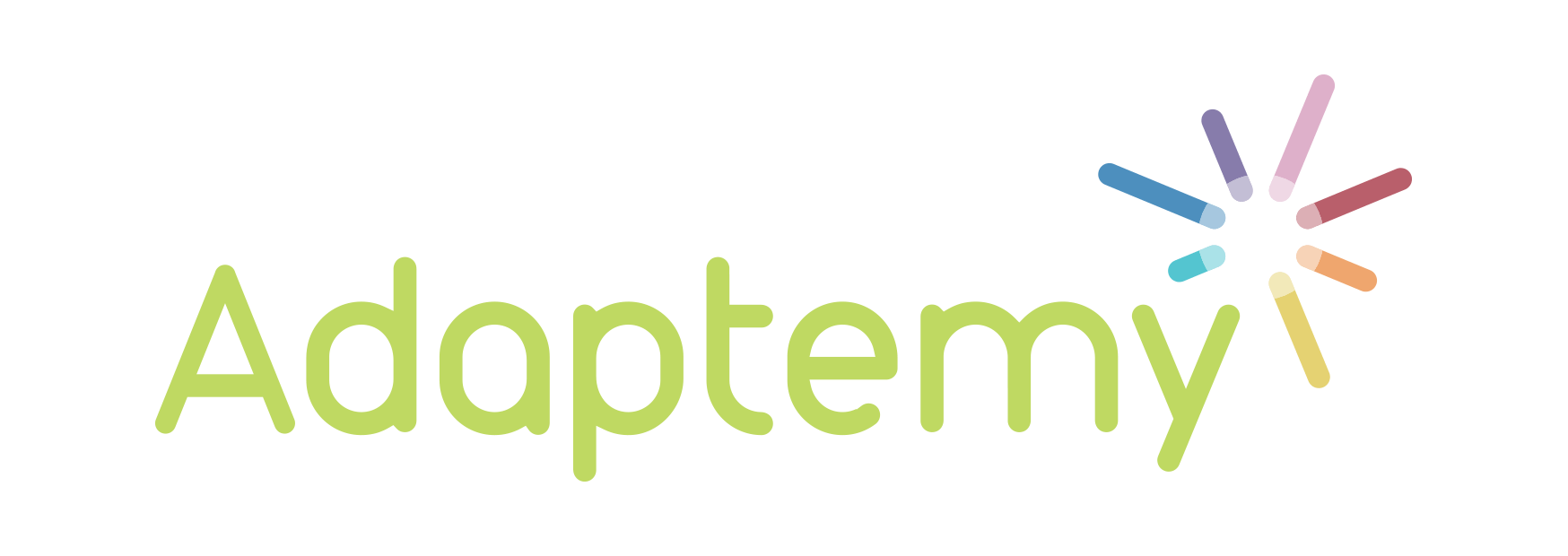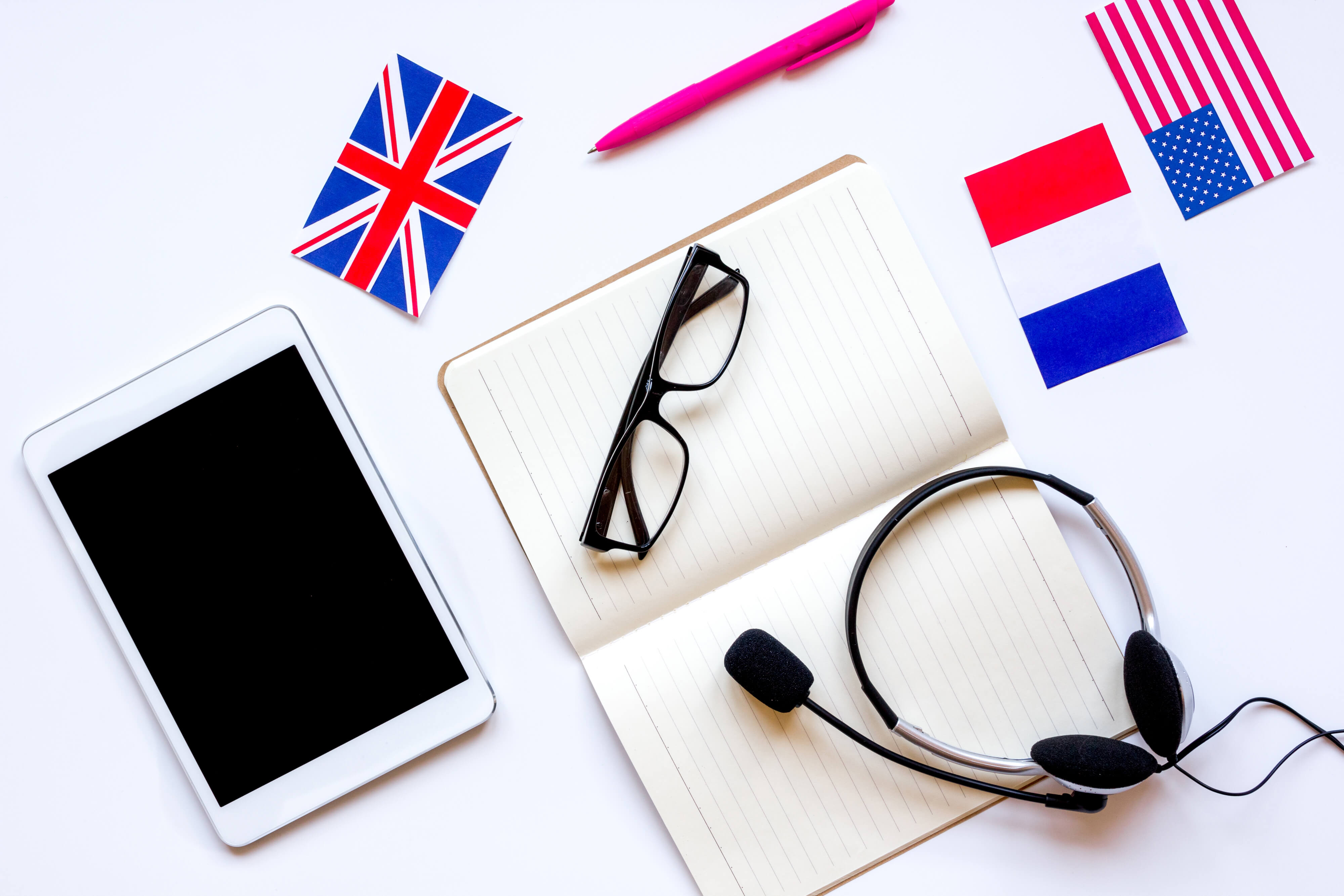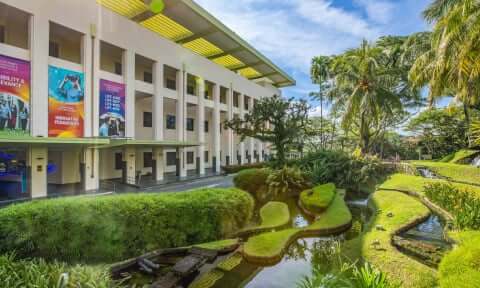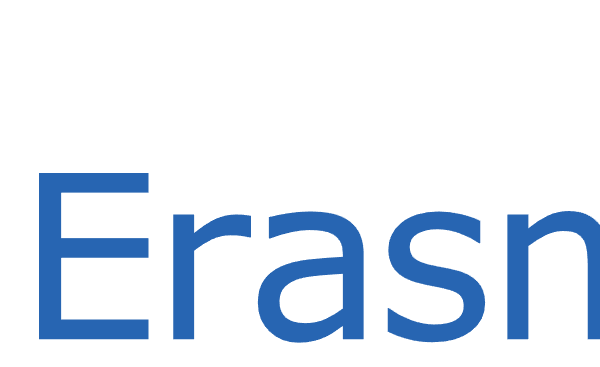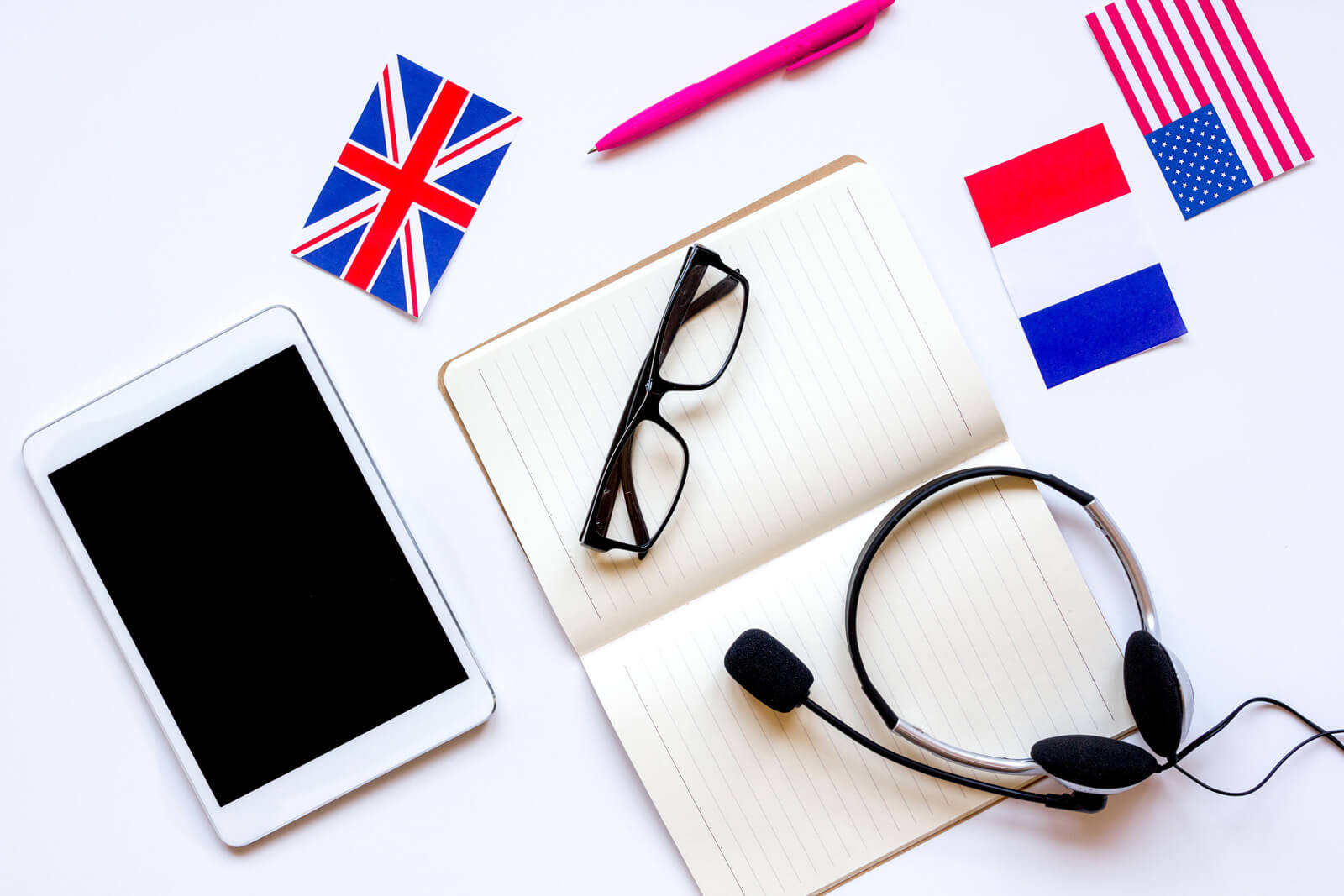
Can adaptive learning be applied to languages? Moreover, can it offer measurable improvements in learning experiences and outcomes?
Today, a language class has its restrictions. With 30 or so students in a class, language production turns a room into a cacophony of excitement and confusion. With feedback only from peers, learning is slow and measurement hard to accomplish.
Indeed, many reports show that a classroom is the worst environment in which to learn a language. Psycholinguistic findings suggest that learning ‘in the wild’ engages implicit memory systems which help to deeply embed a language. Because of the pace and false setting of a classroom, these systems are not triggered in the traditional setting.
Practise and language immersion are essential. The one-dimensional world of a text book is limiting. The more audio and visual opportunities there are to experience a language, the better a student’s learning and understanding.
Digital tools can bring a language to life. Vocab retention apps for example, while not adaptive, are popular and widely used. Indeed, technology that encourages a student to speak the language is useful, even if not adaptive.
Responsive learning
Beyond this however, adaptive learning can add considerable benefits even at a basic level. A student completing a homework assignment has no idea if a word they are using is correctly spelt or used in the correct context.
Adaptive learning can provide students with this instant feedback as a first step. This immediately engages users with relevant feedback, allowing them to quickly adjust and take ownership of their learning. Used as a homework tool alone, it can help a student grasp the basics of language translation and sentence structure. Content sequencing can also ensure basic phrasing is embedded before more complex phrasing is approached.
Learning loops
The biggest consideration for adaptive learning in languages is the learning path. This curriculum map is based on the layered spiral of interleaved practice.
Directly linked to the European framework for language learning, this approach builds knowledge gradually, supplying a little at a time. Learning all the words and grammar of a language before talking about what you did on holiday is not required. Learning a few words and the relevant grammar, and having a basic conversation about your holiday is appropriate. And this knowledge is built upon year-on-year.
This differs from a subject such as mathematics where, traditionally, the learner must grasp addition and subtraction before moving on to multiplication. Here the path is linear (although there is evidence to support the benefit of interleaved practice here too.)
An adaptive learning solution must adapt to this spiralled learning path and provide the curriculum mapping tools to support it.
Adaptemy’s adaptivity
Adaptemy’s Probabilistic Bayesian engine accommodates such learning paths. Its subtle and accommodating approach allows for nuanced inferences about what is known and not known by the user. The technology is highly adaptive, not only to the student and subject, but to the learning path too.
Over the last nine months, in association with Trinity College, we have talked with publishers, teachers and university researchers about the use of adaptive learning in languages. Recognising the need for alternative curriculum maps has been a key outcome.
So too, is the vital notion that language is about communication – the back and forth of a conversation. This works best when done face-to-face with a teacher, peers or native speakers. As ever, it is vital to acknowledge the role of technology in the classroom. Solutions like Adaptemy can improve skills and remove the frustration of one-way learning, but they must be used in conjunction with a range of other classroom tools and the precision, experience and context only a teacher can bring.
Get in touch for more information on Adaptemy and our approach to adaptive learning.
